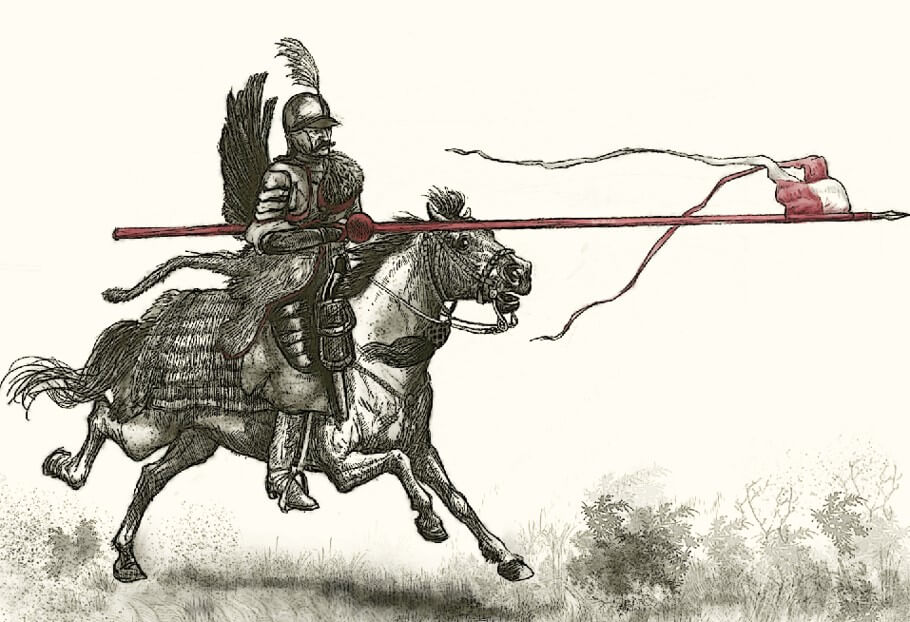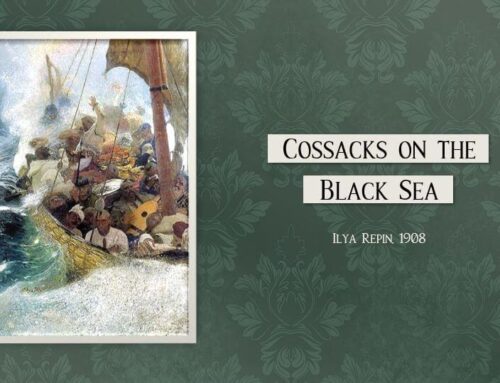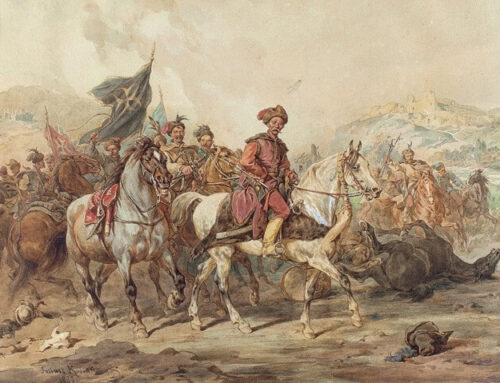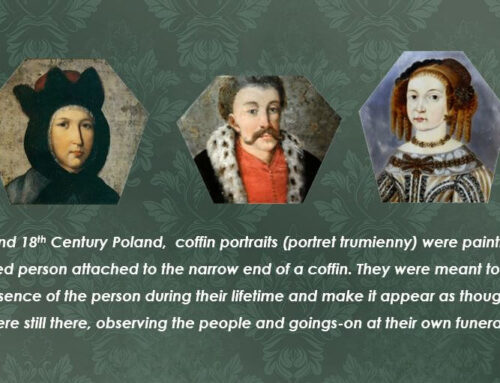Polish winged hussars have been immortalized through written eye-witness accounts, journals, paintings, and the evidence they left behind. This magnificent cavalry rose to prominence in the late 16th century and were a force on the battlefield for decades—some say even centuries. Depending on what you read, their heyday ran from the late 1500’s to the early 1600’s. Other accounts claim they dominated through the mid-1600’s, disappeared for a while and resurged, while still others stretch their legend to the famous Battle of Vienna in 1683 and beyond, into the 18th century.
Whether you believe their powerful presence lasted decades or centuries, certain articles—distinct articles—remained a telltale part of their gear throughout. When looking through books or spying relics in a museum or an old Polish castle, these elements would cause one to recognize a winged hussar immediately.
It’s no surprise that many people would guess their most definitive trapping is hinted at in the name “winged hussars.” Yes, they wore wings, but many experts say they were more for show in parades or at special events than for battle, and not all hussars wore them.
So if not the wings, then what? Those crazy animal pelts? No. The item that made winged hussars stand out was the kopia—the long lance they carried into a charge. There are varying measures of the length of a hussar’s lance because so few survived, but it was designed to outreach pikes. Even at its shortest, the kopia had to have been heavy and hard to handle, right? Not necessarily. Made from fir, the lance was hollowed out, rendering it easier to wield. A carved ball served as the handguard, and the butt end of the lance fit into a cup called a tuleja that was affixed to the hussar’s saddle.
It was a one-use weapon, shattering on impact (hence the spare number that remain). Sometimes the hussar would fall back and grab a fresh kopia to charge anew, while at other times he took up his hussar saber—the szabla—and plunged into the enemy’s ranks to continue the fight. Oh, and by the way, it was considered bad form for a hussar to return to his ranks with an intact kopia after a charge—for obvious reasons.
Go to http://kismeta.com/diGrasse/lance.htm to learn more about the kopia and the hussars’ tactics.









Leave A Comment